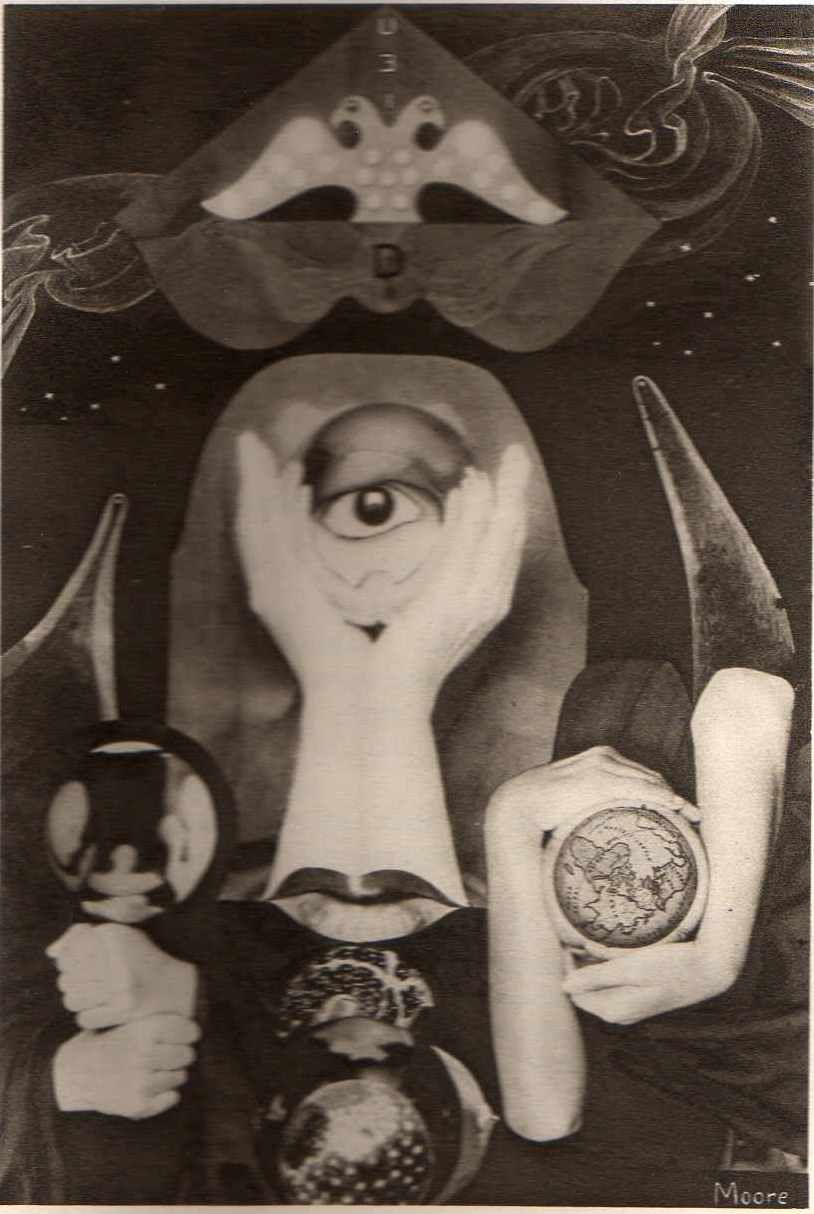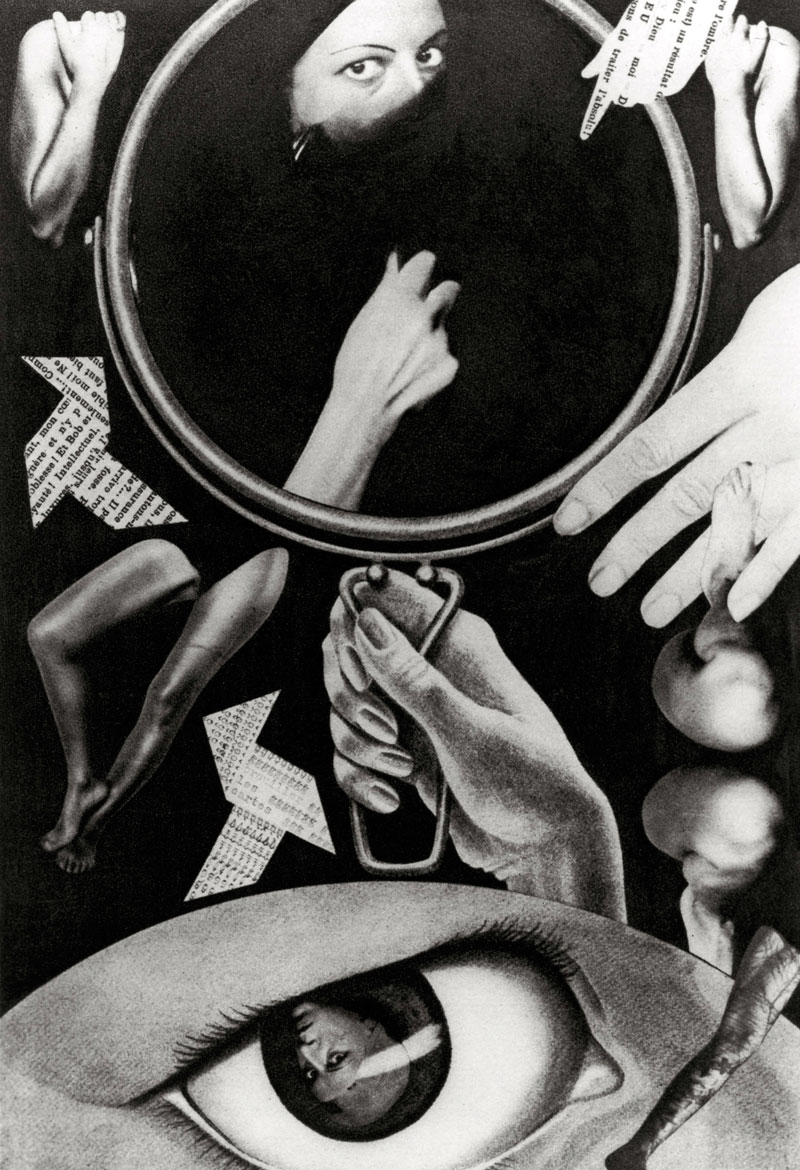|
January 15, 2014
Originally and most publicly a writer, Cahun rarely published and never exhibited her photographs which were not created, for the most part, for public consumption. Although recognised for her literary contribution in France, in the English-speaking world Cahun has come to be known primarily for her performative self portraits of the 1920s, in which she donned a range of costumes to play out a series of cross-gendered identities.
Her playacting amounts to a total rejection of identity—the self—for Cahun, is inherently multiple and mobile, recreated and reinvented from moment to moment, and gender is a mask which can be put on or taken off according to whim or necessity.
 Claude Cahun, Confessions void Plate1, 1929-1930, silver gelatin print
Claude Cahun, Confessions void Plate1, 1929-1930, silver gelatin print
However, during the 1930s, Cahun produced a less known body of work, including photographs and objects, relating to the surrealist object. Conceptualised in 1931 by the surrealists Salvador Dalí (1904-89) and André Breton (1896-1966) as an avant-garde art form transcending the formal concerns of modernism and at the same time refusing the traditional craft skills of the artist celebrated by the Communist party with whom the surrealist group was at first linked, the surrealist object was typically an assemblage made from unusual juxtapositions of ordinary things.
 Claude Cahun, Confessions void Plate 2, 1929-1930, silver gelatin print
Claude Cahun, Confessions void Plate 2, 1929-1930, silver gelatin print
Cahun participated regularly in surrealist demonstrations, strategy meetings, publications, and exhibitions during this period, while Moore remained active behind the scenes. The puppets and surrealist objects that Cahun produced and photographed during the 1930s negotiated between the theater of political opposition and the theater of dreams, the psyche and the revolution, the two poles, in other words, of surrealist practice.
|
